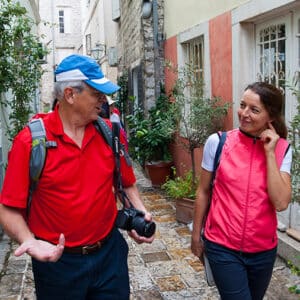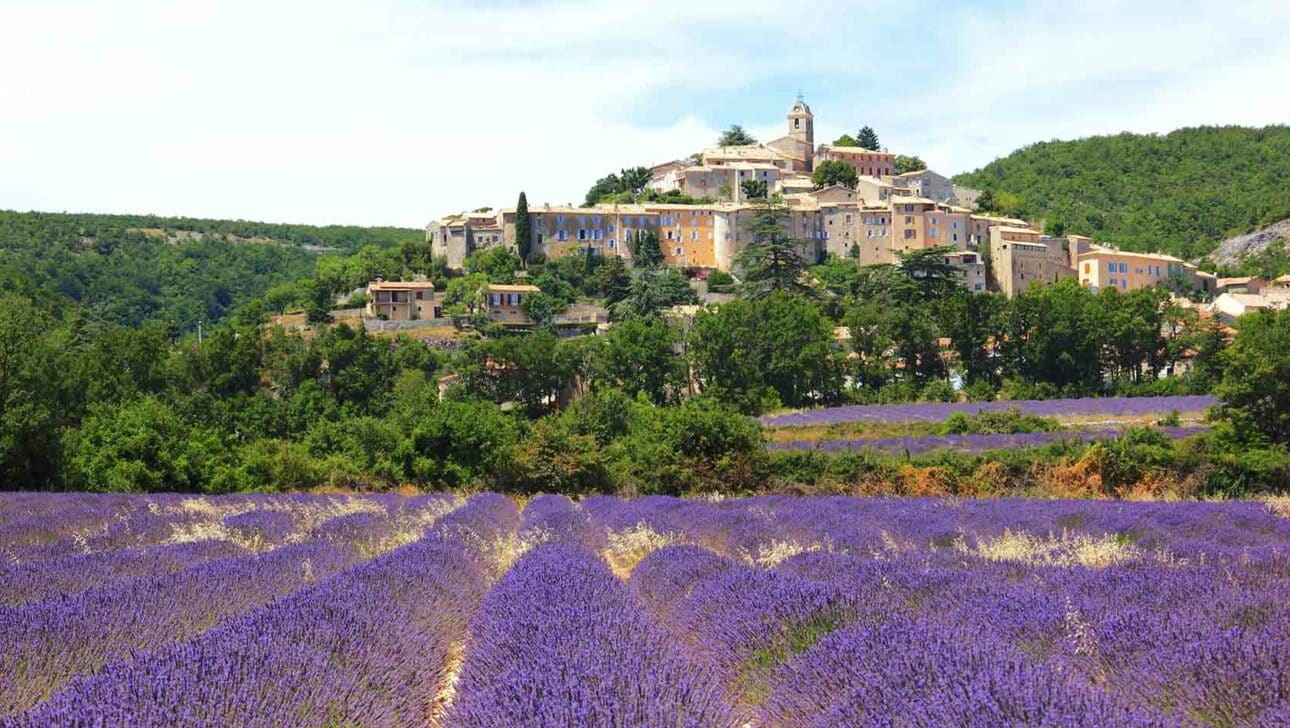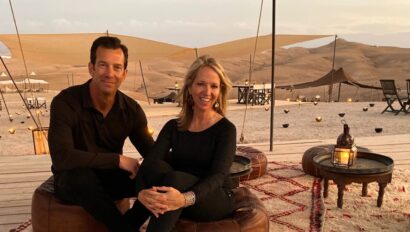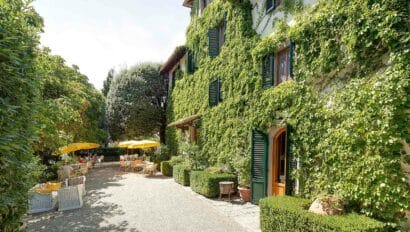Just the other day, two-time guests called our office with some interesting information and an unusual request.
Karen and John have traveled with us on two of our cultural walking adventures: Prague to Budapest and Amalfi Coast & Capri. This time, they were looking at our Week in Provence trip, and had recommended us to some friends who they hoped would travel with them. The only fly in the ointment was their friends’ request that they all consider another well-known tour company who they found on-line, and which they said had the same, identical itinerary to Classic Journeys, at a lower price. Karen and John, to their credit, called to discuss it with us to see what we thought about the whole thing.
Since our Week in Provence trip was the first tour I scouted when we opened the doors at Classic Journeys 15 years ago, I took the call with a mixture of skepticism and interest. Provence is not a huge region, so of course (I thought to myself) there could be some overlap in what one company and another do, what places they visit and what activities they undertake during the week.

Yes, said Karen, but this is different, she said. The other company, known for its biking tours, had just entered into walking and had seemingly copied our entire itinerary!
Now my ears were perked up and I asked her to let me know the name of the company and the tour they were considering. She did and I took a look at it on-line. Sure enough, it was the most sincere form of flattery: a really good job of copying what we do, where we go, where we stay. The whole works. And it was about $600-$700 less than our trip.
Now, I know our trip very well (as I said, I created it), but I wasn’t sure how I was going to make an educated comparison between our trip and the competitor’s new tour. Then I had an idea: several of our guides in Provence also guide for other companies as they fill out their schedules during the tour season. So I picked up the phone and dialed two of our most experienced guides.
I asked them if they knew the other company, and had they guided any of its trips. Coincidentally, they had guided for them on a number of occasions and they had many things to say about them. I found it all so interesting that I thought I’d share it with you.
Let’s start with the oxymoronic term, “industrial tourism”…
Our guides used it and by that they meant that the competitor operates so many departures (one per week for 30 or more weeks) that the guests are truly tourists, not travelers. As Veronique said, “With the other company, it’s a factory. We guides never have the opportunity to know the guests as people.” In contrast, the guides said that with Classic Journeys’ groups, they not only know the guests as people, they (and the guests) cry when we part at the end of the week. Back to Veronique, “We develop real relationships with the Classic Journeys’ guests.”

How else does industrial tourism affect a tour?
Meeting local people
The guides noted that when we take you to a local artisan or friend, each visit is unique, because our local friends are not in the tourism industry. So whether the local person you meet is an artisan, shepherd, baker, winemaker or other, they are taking an hour or so out of their regular work day, perhaps 4 to 6 times a year to meet with our guests. In contrast, industrial tourism means that a guest with the competitor might be on tour 23 of a 35 tour season. The “locals” that those poor guests meet are employed every week to do the same thing week after week for large group of guests. It is totally scripted and recreated time after time.
Empowered guides
A hallmark of our trips is our guides, who not only participate in the scouting of the trips, but also are empowered to make changes during each departure to maximize the enjoyment of each trip for the benefit of our guests. (As they said to me, “You trust us to really put our personality into each departure.”) That means that a guide can change things around to solve or avoid a problem, and they can also make edits to take advantage of a one-off opportunity (maybe a village festival or invitation into a private home). With the industrial tourism approach of our competitor, the guides noted that they are explicitly told to “stick to the program.” No changes or alterations are allowed by headquarters.
Meals
have it your way; or not: Obviously the culinary aspects of a region are very important to enjoying and understanding the culture. We and our guides work with our restaurants to provide our guests an exceptional experience at the plate. Veronique commented to me, “Edward, there is only so much you can do with a budget. We simply receive much less from the other company for dinners, and the headquarters negotiates exactly what everyone is going to eat. With Classic Journeys, we are allowed to work with the chefs to prepare very special meals that feature the best of what is fresh at each time of the year.” We find that just like the army, a tour travels on its stomach. Happy stomachs make for happy guests.
Well, I can go on with comparisons about the hotels, balance of activities, our full hands-on cooking instruction in a chateau versus the industrial tourism’s quickie pastry lesson, relative group sizes and more, but I think I’ve used enough of your time right now.
If you’ve had an occasion where your vacation turned out to be more industrial than personal, drop me a line at blog@classicjourneys.com.
PS: If you’re wondering, Karen and John (along with their friends) gave it all a lot of thought, called the other company to ask them about how they operate their tour, and in the end…are reserved on our October Week in Provence trip. We look forward to making their vacation exceptional.




